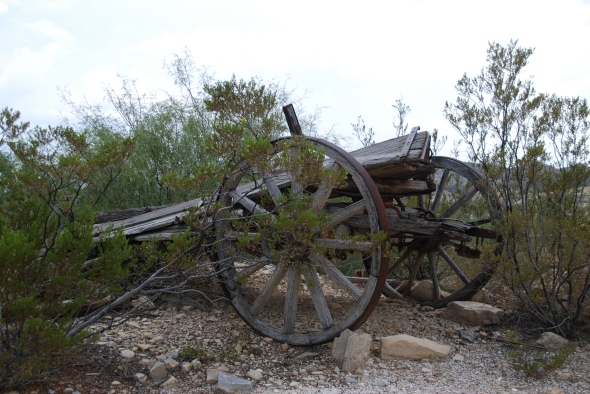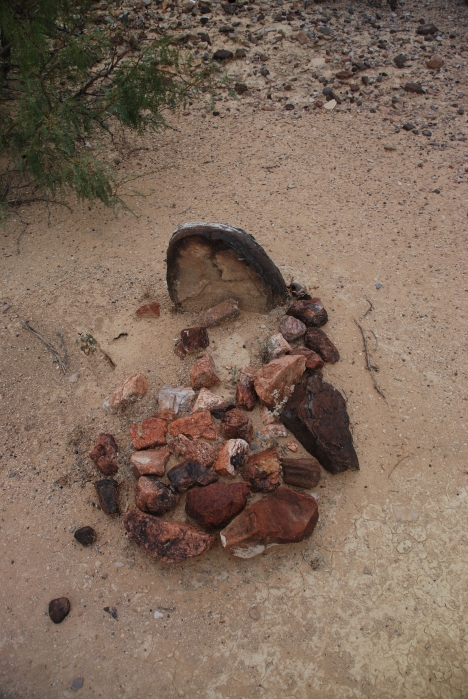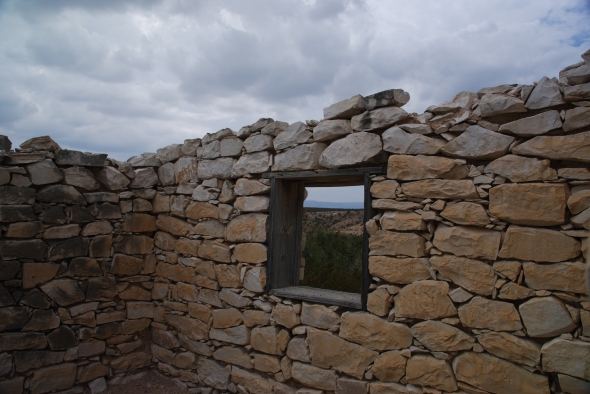Ghost Towns: Terlingua Texas and the 248 Settlement

Big Bend Rain
Terlingua Texas is really a misnomer, as the name has been applied to 3 different settlements.
Located in Brewster County near Big Bend National Park, Terlingua began life as a mining town. The mountains and valleys around this area are rich with Cinnabar (Mercury), also known as quicksilver.

Native Americans prized the Cinnabar’s brilliant red color for body pigment. Old journals dictate that various Mexican and American prospectors reportedly found cinnabar at Terlingua in the 1880s, but the remoteness and hostile Indians deterred mining.
A man named Jack Dawson discovered and produced the first mercury from Terlingua in 1888, but the area got off to a slow start. It was not until the mid-1890s that the Terlingua finds began to be publicized in newspapers and mining industry magazines. By 1900, there were four mining companies operating at Terlingua
The original site was a Mexican Village on Terlingua Creek 3 miles above the Rio Grande River that separates Mexico from the United States. With the discovery of quicksilver in the mid-1880s, the Marfa and Mariposa mining camp became known as Terlingua. The camp grew quickly and three years later the population increased to 1,000 inhabitants. When the Marfa and Mariposa mine closed in May of 1910, the Post office, established in 1899, was moved 10 miles away to the Chisos Mining Company camp. The name Terlingua was retained. By 1913, the town had a hotel, company owned commissary, a doctor, terrible phone service, good water supply, and mail delivery three times a week.
By 1930 the town built a public school called the Perry School. Terlingua was segregated; Whites lived east of the Chisos commissary and Mexicans lived on the west side of town dominated by Chisos mine owner, Howard E. Perry’s mansion, which was erected sometime before 1910.

Foreground: Perry school. Background: Howard E. Perry Mansion

Terlingua,Texas 1936
Cinnabar production peaked during the First World War and by 1922, 40 percent of all Cinnabar came from Terlingua. By the 1930’s Cinnabar production began a steady decline and by 1942, at the start of the Second World War, the Chisos Mining Company filed for bankruptcy. A successor mining company bought out the Chisos Company, but by the end of World War II most of the population had vanished.
Terlingua, mostly abandoned by this point, became a ghost town. During the 1960’s and 1970’s Terlingua had a bit of a revival as tourism breathed new life into the area. In 1967 Terlingua was christened the “Chili Capital of the World” By the chili appreciation society. The old country store was reopened as a gift shop and a dinner theatre now occupies the old motion picture theatre.

In the 2000 census, Terlingua reported a population of 267 year round residents. There are many old settlements around Terlingua. Most are abandoned. One of my favorites is a settlement called “248” which is the mine number. Most of these settlements are named after their proximity to the nearby mines.

The 248 settlement near the 248 Mine
Because of the plentiful supply of white rock in the area, most of the houses have stood the test of time.

248 is abandoned, with the exception of a few squatters who live in some of the rock houses. Many of the settlements have cemeteries with rocks covering the graves.

Old rock tombstone in the 248 settlement
If you decide to trek to Terlingua and 248, be sure and wear protective clothing and a rain suit as the weather changes often. This is a beautiful part of my home state of Texas and one that I will surely always return too.


The 248 Mining Camp

The Perry School in Terlingua.


Old Rock House and Window in The 248 Mining Settlement Near Terlingua Texas
This entry was posted on June 13, 2008 by Gary. It was filed under Ghost Towns, Texas Ghost Towns and was tagged with 248 mine, 248 settlement, Abandoned Places, Big Bend National Park, Cinnebar Mining, Ghost Towns, mining camp, photography, Terlingua, Terlingua Texas, Texas Ghost Towns, travel.










A lot to take in from this post. I loved the first photo. The third from the end is also wonderful in how monotone it appears with the overcast sky and the muted tones of the desert and the structures which seem like an extension of the desert itself. Good stuff.
June 13, 2008 at 6:19 pm